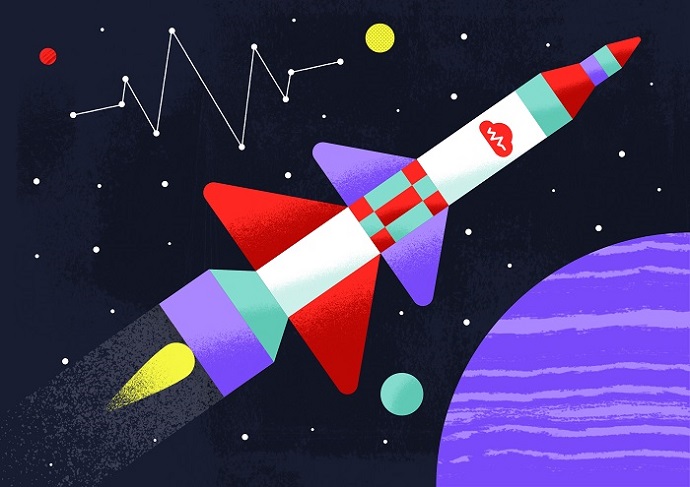What cameras and ECG machines have in common
The 20th century was the golden age of analog photography. An amazing 85 billion physical photos were taken around the world in 2000. However, photo cameras back then were large, expensive, and complicated to use. But then, in November 2000, the first camera mobile phone was released, and nothing has been the same ever since.
The J-Phone had a resolution of 0.1 megapixels, or 300 pixels by 300 pixels. The quality was far below that of professional digital cameras, but the revolution had begun. In 2021 1.4 trillion photos will be taken and as many as 90% of them with mobile phones.
There is a similar trend in the development of ECG hardware. The first machines (back in the 1950s) were the size of a backpack, while current models are the size of a matchbox and offer a level of quality that was unavailable just a few decades ago. Just like the camera, it is inevitable that we will see more and more handheld, accessible devices which are able to record electrophysiological parameters.
The role of AI and cloud
The photography revolution changed the way we store, share and process photos. Cloud storage services (like Google Photos or Apple iCloud) are superseding local storage and sharing a photo rarely means sending a physical copy. But what is most interesting is the increasing role of AI in image processing.
We believe that we will observe the same trends in electrocardiography, with devices that are able to record ECGs becoming more and more ubiquitous. At the same time the number of experts that are able to crunch this data has remained the same. This is where we see Cardiomatics having the biggest contribution: bridging the gap between the increasing volume of ECG data and overwhelmed healthcare professionals.
We believe that technological development will bring about easier access to diagnostics tools. Procedures that are now complicated and require a high level of expertise will be achievable for everyone, just like taking photos with a 10-megapixel camera.
Expanding the crew
What we have learned over the last few years is that we haven’t chosen the easiest industry to disrupt. Trust and clinical evidence are not built or developed in a matter of days or months. Navigating product effort in a highly regulated environment is tricky. This is why it is so important to be surrounded by experienced people.
And this is why, on behalf of the whole company, I am so happy to welcome Kaya VC, Nina Capital, Innovation Nest and Nova Capital as our new investors and travel companions! What makes me even more excited is that I will have the opportunity to work directly with Pavel Mucha (Kaya VC), Marta-Gaia Zanchi (Nina Capital) and Piotr Kulesza (RTA Ventures) as members of our (newly created) Board. It is difficult for me to imagine a better blend of people to be surrounded by at this stage of the company.
This is a team game
Having this opportunity, I would like to thank our pre-seed investors: RTA Ventures, Innoventure and business angels. My special thanks go to Piotr Kulesza (RTA), who was the first to believe in the initial idea and a couple of lines of code that later became Cardiomatics.
It would also be unfair not to mention the National Centre for Research and Development. Thanks to them, we haven’t had to worry about financing our R&D activities.
Cardiomatics wouldn’t be here if not for our customers. Our commercial activities have been the main source of fuel for our business and product development. I am not only talking about revenue, but also about the feedback we constantly receive regarding our product.
My biggest kudos goes to the whole Cardiomatics team. We have been through so much together. Thank you for choosing to join a small company with a crazy idea rather than following a well-defined corporate pathway. That was brave. 🙂 And this is just the beginning.
Read more:


